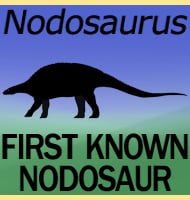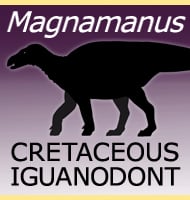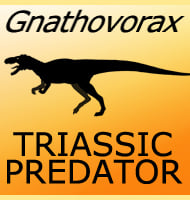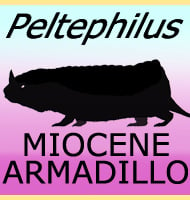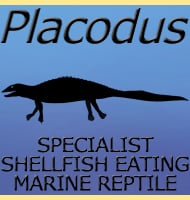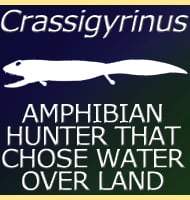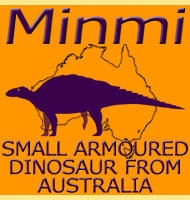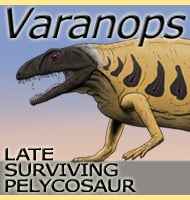In Depth
Although named in 2010, the skull of Diabloceratops was discovered in 2002. The first thing about the skull of Diabloceratops is that it has two large horns that rise from the top of its neck frill, that then curve slightly to the sides. These ‘Devil horns’ are the reason why Diabloceratops got its name. The second thing about the skull is that it contains an accessory skull opening. This opening is a common feature amongst basal ceratopsians, but would eventually disappear from later ceratopsaians. This suggests that the skull opening was once a feature of all ceratopsians not just a specific group.
Further Reading
Further reading- New basal centrosaurine ceratopsian skulls from the Wahweap Formation (middle Campanian), Grand Staircase-Escalante National Monument, southern Utah. – New Perspectives on Horned Dinosaurs: The Royal Tyrrell Museum Ceratopsian Symposium. Indiana University Press, Bloomington 117-140. – J. I. Kirkland & D. D. Deblieux – 2010.

